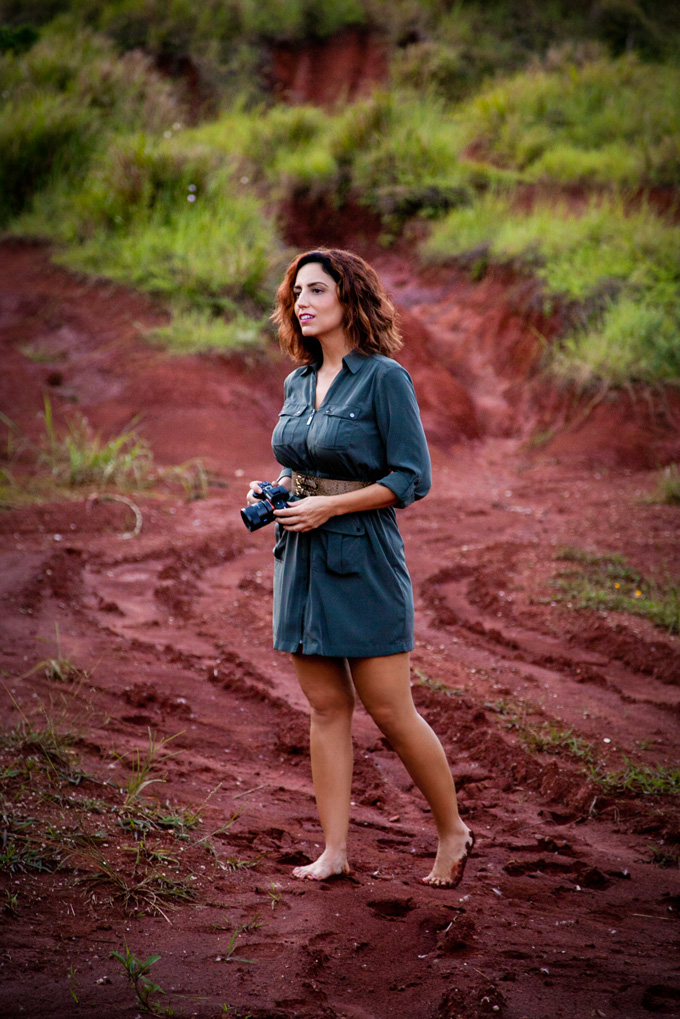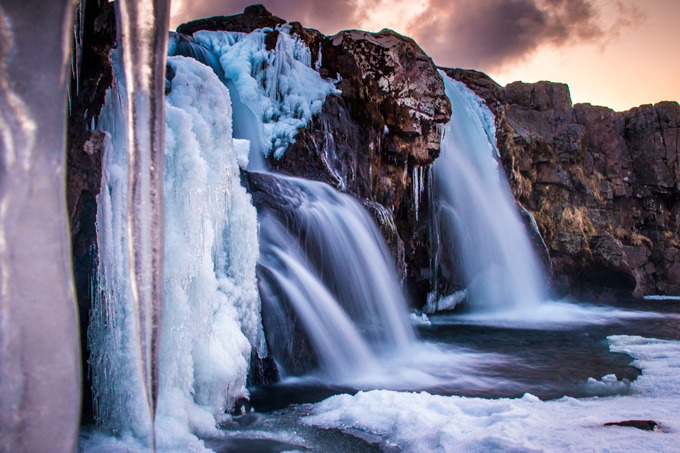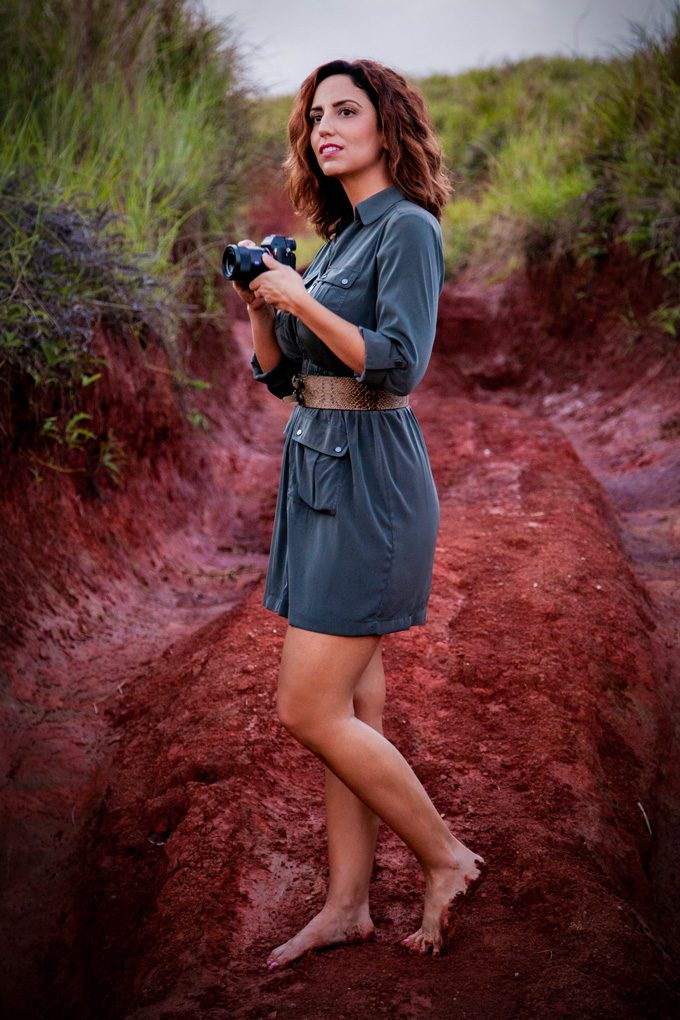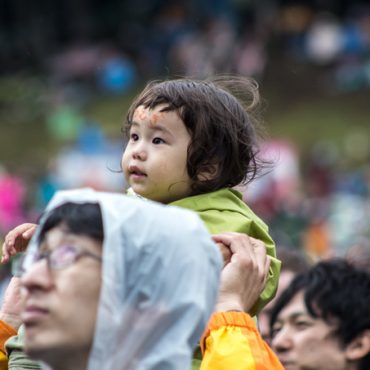Maximising Photography: Essential Tips for Using a Mirrorless Camera

In the realm of photography, innovation has always been the key to unlocking new perspectives. One such innovation that has revolutionised the world of photography is the mirrorless camera. This device, as the name suggests, operates without a mirror mechanism, a component that was integral to the functionality of traditional SLR cameras. The mirrorless camera, with its compact structure and advanced functionality, has become the gear of choice for many photographers.
The introduction of mirrorless cameras, like the Canon EOS R6 Mark II has broadened the horizons of photography, offering myriad possibilities to capture the world in its many hues. This article will delve deep into the world of mirrorless cameras, discussing what they are, their advantages, and how to make the most of them.
What is a Mirrorless Camera?
A mirrorless camera, such as the Canon EOS R7, is a camera that operates without a mechanical mirror to bounce light into the viewfinder. This design differentiates it from a traditional SLR camera, which uses a mirror mechanism to reflect light from the lens to the optical viewfinder.
In a mirrorless camera, light passes directly from the lens to the digital sensor, which displays the image on the rear screen. Some models also offer an electronic viewfinder (EVF) that replicates the optical viewfinder experience. The mirrorless design allows these cameras to be smaller, lighter, and quieter than their SLR counterparts.
Advantages of Using a Mirrorless Camera
One of the primary advantages of using a mirrorless camera is its compact and lightweight design. Without a mirror mechanism and optical viewfinder, mirrorless cameras are significantly smaller and lighter than SLRs, making them ideal for travel and street photography.
Another key advantage is the ability to preview your image directly from the sensor. This means that changes in exposure, depth of field, and other settings can be seen in real time, either on the rear display or through the electronic viewfinder.
Moreover, mirrorless cameras often surpass SLRs in terms of video quality. Many mirrorless models offer 4K video capture and superior autofocus performance. With their silent operation, they also prevent unwanted noise during video recording.
Full Frame Mirrorless Camera: An Overview
Among the various types of mirrorless cameras available on the market, the full frame mirrorless camera is gaining considerable popularity. A full frame mirrorless camera features a sensor that’s the same size as a frame of 35mm film, measuring 36 x 24mm. This is considerably larger than the sensors found in many other mirrorless cameras.
The larger sensor size allows for greater light gathering capacity, which translates into superior image quality, especially in low light conditions. Full frame mirrorless cameras also offer a broader dynamic range and better depth of field control, making them a preferred choice for professional photographers.
Essential Tips for Maximising Photography with a Mirrorless Camera
To make the most of a mirrorless camera, understanding its unique features and learning how to leverage them are crucial. First, familiarise yourself with the camera’s electronic viewfinder. Unlike an optical viewfinder, the EVF can display much more than just your frame. Battery level, exposure settings, histograms, and other data can be displayed directly in your viewfinder.
Secondly, take advantage of the camera’s silent shooting mode. The absence of mirror slap noise in these cameras allows for silent operation, which can be particularly useful in situations where discretion is required.
Lastly, don’t forget to explore the video capabilities of your mirrorless camera. Most mirrorless cameras offer excellent video recording features, including 4K resolution and high-speed recording for slow-motion playback.
Understanding the Basic Settings in a Mirrorless Camera
Just like any camera, getting to know the basic settings of your mirrorless camera is essential. Familiarise yourself with the exposure triangle – aperture, shutter speed, and ISO. These three settings control the amount of light captured by your camera and affect the appearance of your images.
Learn how to adjust the white balance to ensure that the colours in your images appear as they do in real life. Also, understand the autofocus settings of your camera to capture sharp, well-focused images.
Advanced Techniques for Shooting with a Mirrorless Camera

Once you have mastered the basic settings, you can start exploring advanced techniques to further enhance your photography. Learning how to use the manual mode on your mirrorless camera is an important step in this direction. This mode gives you complete control over aperture, shutter speed, and ISO, allowing you to create images that align with your vision.
Try experimenting with long exposure photography. With the help of a tripod and neutral density filters, you can capture stunning images of smooth water, light trails, and more. Additionally, explore the possibilities of macro photography. Many mirrorless cameras offer high-quality macro lenses that allow you to capture minute details of small subjects.
How to Care for Your Mirrorless Camera
Caring for your mirrorless camera is paramount to its longevity and optimal performance. Always keep your camera and lenses clean. Use a microfiber cloth to clean the body and lens surfaces, and a blower or brush to remove dust from the sensor and inside the camera.
Store your camera equipment in a clean, dry place where it won’t be exposed to extreme temperatures or humidity. When travelling, use a padded camera bag to protect your equipment from shocks and scratches.
Finally, remember to keep your camera’s firmware up to date. Manufacturers often release firmware updates to correct bugs and improve performance.
Making the Most of Your Mirrorless Camera Experience
The evolution of mirrorless cameras has opened up new possibilities in the world of photography. Whether you’re a professional photographer or a hobbyist, understanding how to maximise the potential of a mirrorless camera can greatly enhance your photography.
By understanding its features, learning its basic and advanced settings, and caring for your camera, you can truly make the most of your mirrorless camera experience. So, go ahead, explore the world through your lens, and create images that tell a story.



